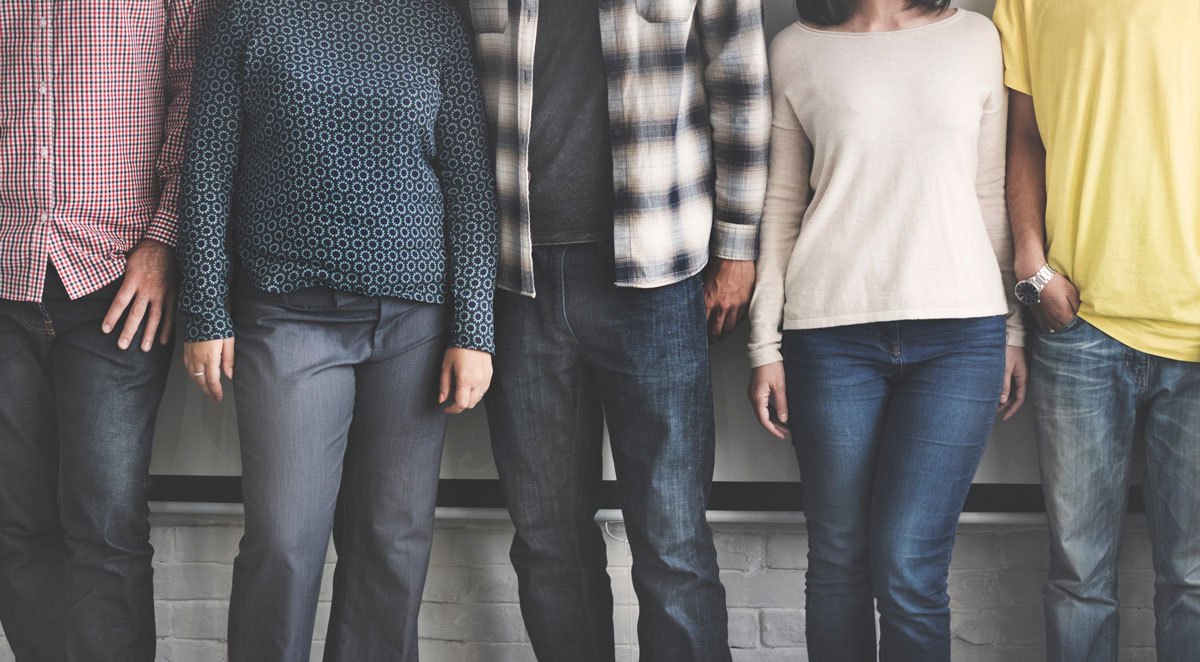Types of myositis
Discover more about the different types of myositis and possible further complications.

Dermatomyositis (DM)
Dermatomyositis causes muscle weakness, rashes and inflammation. It can affect people of any age and is more common in women than men. It typically displays a visible skin ‘heliotrope’ rash, often over the eyelids.
Juvenile dermatomyositis (JDM)
Juvenile dermatomyositis is the specific type of dermatomyositis that occurs in children. It causes muscle weakness, rashes and inflammation and affects more girls than boys. Most children get better with treatment.
About juvenile dermatomyositis
Polymyositis (PM)
Polymyositis causes muscle weakness and inflammation in adults. It is more common in women than men. While defined as an inflammation of the muscle, polymyositis can also be a feature of a more general autoimmune illness.
Inclusion body myositis (IBM)
Inclusion body myositis is a progressive muscle disorder characterised by muscle weakness, inflammation and wasting. It occurs more frequently in men than women and is the most common acquired muscle disease in people over 50.
Myositis antisynthetase syndrome
Antisynthetase syndrome may be a further complication for someone with polymyositis or dermatomyositis. The syndrome is essentially the presence of specific autoantibodies in the body. There is also a risk of interstitial lung disease which is why treatment is crucial.
About myositis antisynthetase syndrome
Myositis with complications
Most autoimmune diseases are complex conditions meaning those with myositis may experience other symptoms that don’t appear to be part of the disease itself. This could be the result of further complications such as dysphagia, calcinosis, rheumatoid arthritis, lupus or scleroderma, to name a few.

